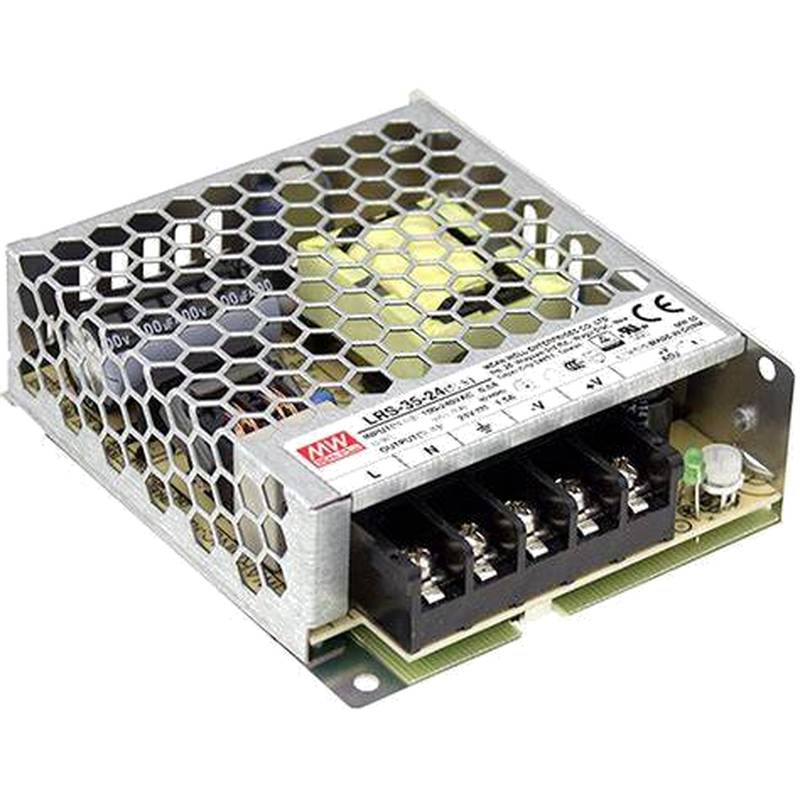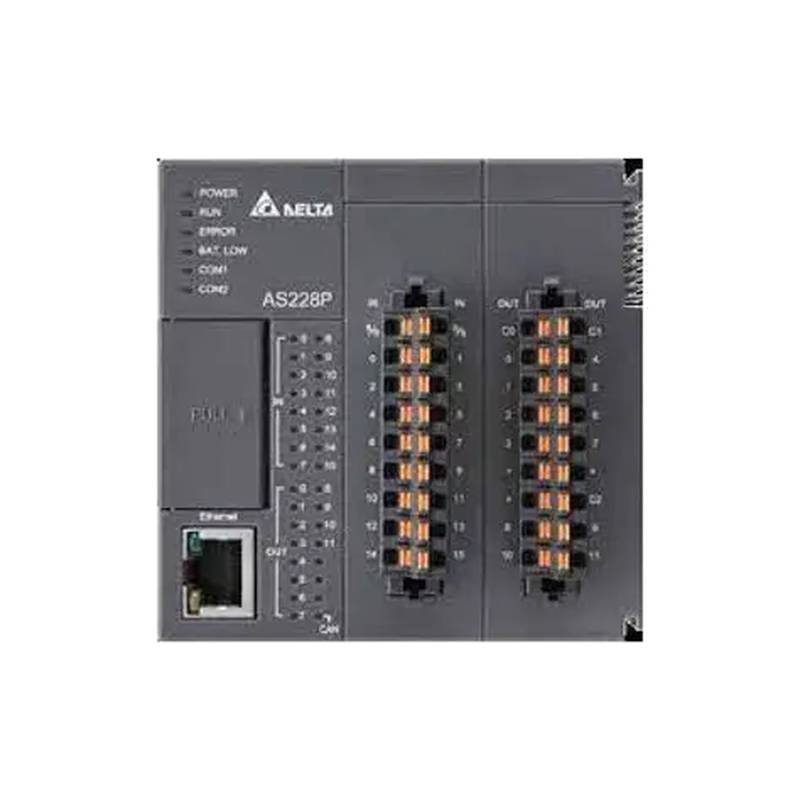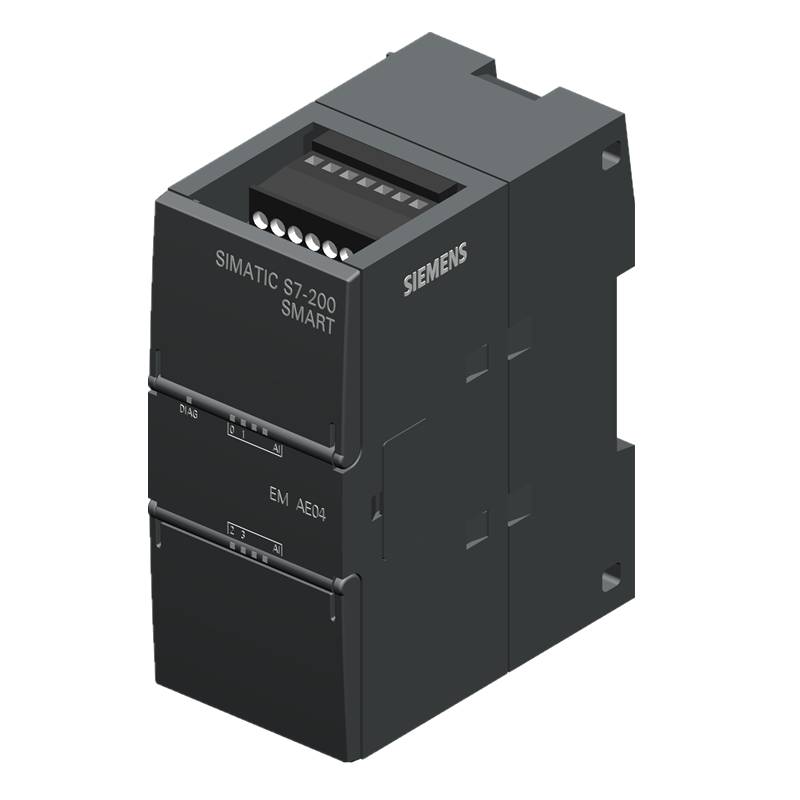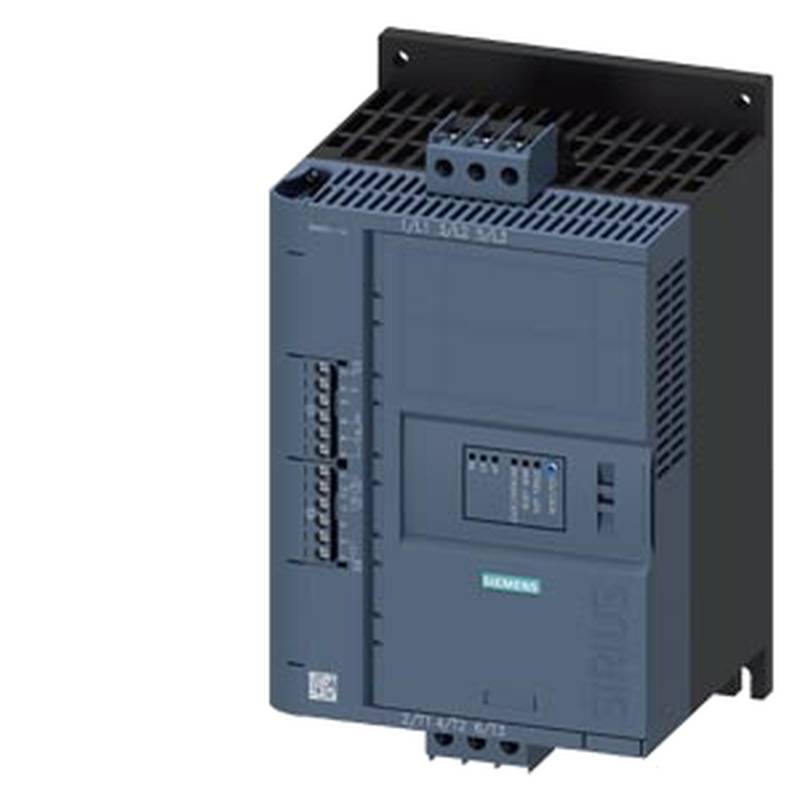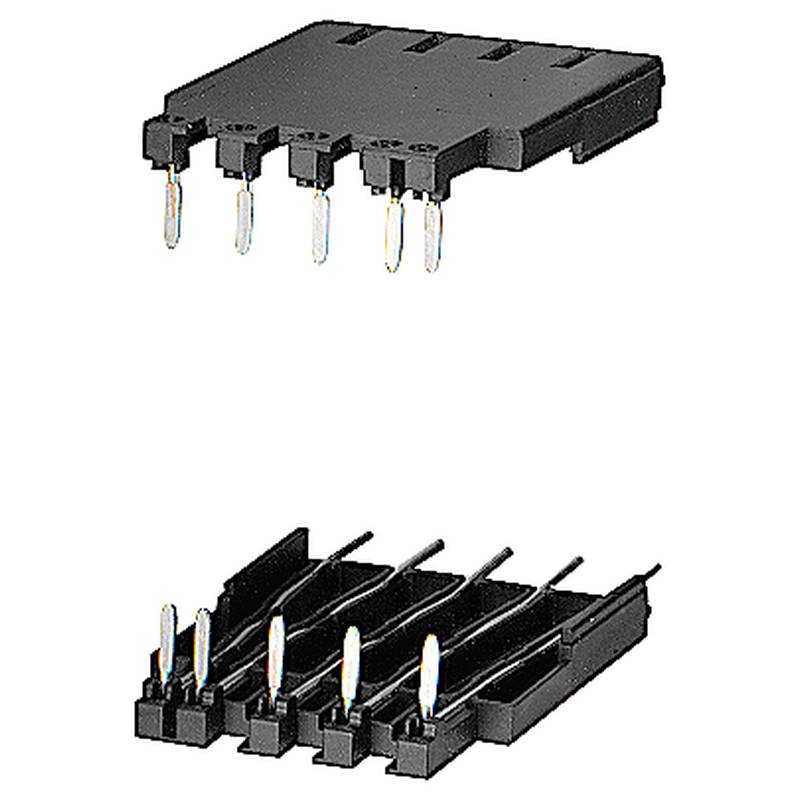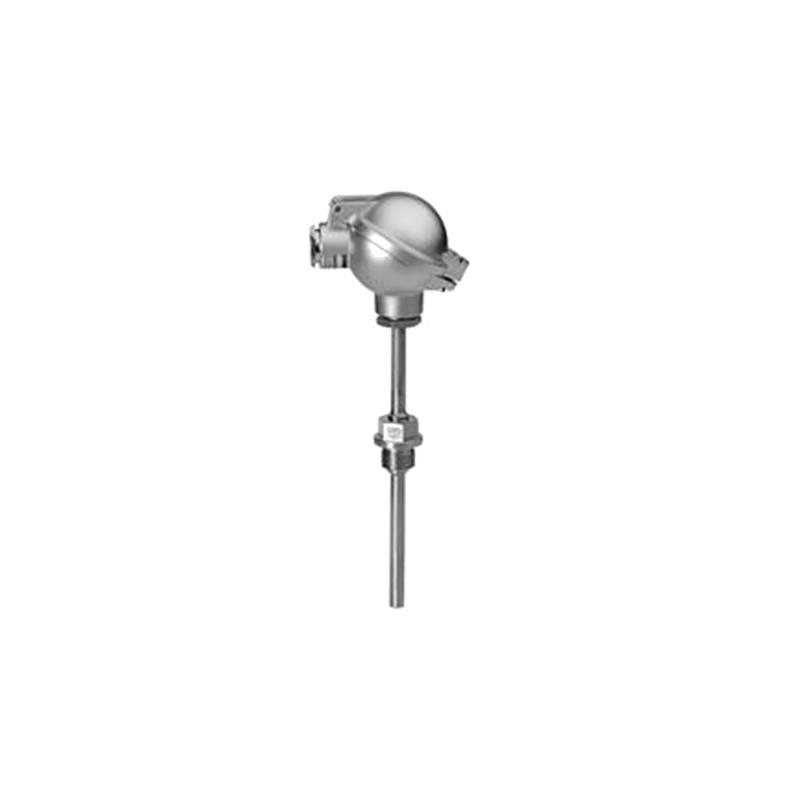
The SIMPHOENIX DX100-4T0022B Three Phase Braking VFD Frequency Converter, a 2.2kW powerhouse, redefines industrial motor control with its robust design and advanced functionality. This variable frequency drive (VFD) offers precise speed regulation, enhanced energy efficiency, and integrated braking capabilities, making it an indispensable component for demanding applications. Its core advantages lie in its superior torque control, comprehensive protection features, and user-friendly interface, all engineered to optimize operational performance and reduce downtime.
Product Specifications
| Feature | Specification |
| :------------------- | :------------------------------------------ |
| Model | SIMPHOENIX DX100-4T0022B |
| Power Rating | 2.2kW (3 HP) |
| Input Voltage | Three Phase 380-440V AC |
| Output Voltage | Three Phase 380-440V AC |
| Frequency Range | 0.00-400.00 Hz |
| Control Method | Sensorless Vector Control, V/f Control |
| Braking Unit | Integrated (Standard) |
| Overload Capacity | 150% for 60 seconds, 180% for 10 seconds |
| Protection Features | Overvoltage, undervoltage, overload, overheat, short circuit, phase loss, etc. |
| Communication | RS485 (Modbus RTU) |
| Operating Temperature| -10°C to 40°C |
| Dimensions (approx.) | 145mm x 210mm x 170mm |
Core Features & Market Positioning
The SIMPHOENIX DX100-4T0022B distinguishes itself through its sophisticated sensorless vector control, delivering exceptional dynamic response and precise speed accuracy even under varying load conditions. This advanced control algorithm ensures smooth operation and optimal torque output, crucial for applications requiring high starting torque or rapid acceleration/deceleration. The integrated braking unit is a significant market differentiator, providing immediate and reliable stopping power without the need for external braking resistors in many scenarios. This not only simplifies installation and reduces component costs but also enhances safety and system reliability. Its robust construction and comprehensive protection mechanisms position it as a reliable solution for harsh industrial environments, ensuring longevity and minimizing maintenance requirements.
Key Application Scenarios
This three-phase braking VFD is ideally suited for a wide array of industrial automation tasks. Its precise speed control and robust braking functionality make it a prime choice for controlling conveyor systems, ensuring consistent material flow and accurate positioning. In pump and fan applications, the DX100-4T0022B optimizes energy consumption by precisely matching motor speed to demand, leading to significant cost savings. Machine tool applications benefit from its accurate speed regulation and dynamic braking, facilitating efficient and safe operation of spindles and axes. Packaging machinery, textile equipment, and material handling systems also represent key areas where the SIMPHOENIX DX100-4T0022B excels, providing the reliable and efficient motor control necessary for high-volume production.
Practical System Integration Guidance
Integrating the SIMPHOENIX DX100-4T0022B into existing systems is streamlined by its user-friendly design and clear terminal layout. Ensure proper grounding of the VFD and motor for optimal safety and noise reduction. The input power wiring should be connected to L1, L2, and L3 terminals, while the motor is connected to T1, T2, and T3. For applications requiring braking, the braking resistor should be connected to the designated braking terminals if external braking is necessary beyond the integrated unit's capacity. Parameter programming, accessible via the intuitive keypad or RS485 communication, allows for fine-tuning of motor characteristics, acceleration/deceleration ramps, and protection thresholds. Refer to the manufacturer's manual for detailed wiring diagrams and parameter configurations specific to your motor and application.
Operation and Risk Mitigation
Safe and efficient operation of the SIMPHOENIX DX100-4T0022B hinges on adherence to operational guidelines and proactive risk mitigation. Before powering on, verify all wiring connections and ensure the motor is securely mounted. During operation, monitor for any unusual noises or vibrations. Critical fault codes, such as "Overload" (F01) or "Output Short Circuit" (F06), indicate immediate issues that require power disconnection and investigation. Environmental factors, including ambient temperature and humidity, must be kept within the specified operating range to prevent overheating and component damage. Regular inspection of cooling fan operation and heatsink cleanliness is also recommended to maintain optimal thermal performance.
Scalability & Long-Term Value
The SIMPHOENIX DX100-4T0022B offers excellent scalability and long-term value for industrial operations. Its compatibility with the Modbus RTU protocol via RS485 communication facilitates seamless integration into SCADA systems and other industrial automation platforms, enabling centralized monitoring and control. This connectivity is crucial for implementing IIoT strategies and realizing the benefits of smart manufacturing. While the DX100 series provides a robust foundation, users can scale their operations by deploying multiple units or upgrading to higher-capacity VFDs from the SIMPHOENIX range as their motor power requirements increase. The VFD's energy-saving capabilities contribute to reduced operational costs over its lifespan, further enhancing its long-term economic value.
Frequently Asked Questions
What is the primary function of the SIMPHOENIX DX100-4T0022B VFD?
This VFD controls motor speed and torque precisely. It enables efficient operation and reduces energy consumption by matching motor output to load demand.
It provides advanced features like sensorless vector control. This ensures excellent performance even with fluctuating loads.
The integrated braking unit offers rapid and reliable stopping power. This enhances safety and simplifies system design.
How does the integrated braking unit in the DX100-4T0022B work?
The braking unit dissipates excess energy during deceleration. This prevents the motor from overspeeding the drive.
It engages automatically when the motor acts as a generator. This happens during rapid stops or overhauls.
This feature reduces reliance on external braking components. It simplifies wiring and lowers overall system cost.
What are the typical industries that benefit from this VFD?
Manufacturing and automation sectors greatly benefit. This includes applications like conveyor belts and machine tools.
Pump and fan applications are ideal for energy savings. It precisely matches speed to system requirements.
Material handling, packaging, and textile industries also utilize its capabilities. It ensures reliable and efficient motor operation.
Can the SIMPHOENIX DX100-4T0022B be controlled remotely?
Yes, remote control is possible via its communication port. The standard RS485 interface supports Modbus RTU protocol.
This allows integration with PLCs and HMIs. It enables supervisory control and data acquisition (SCADA) systems.
Programming and parameter adjustments can also be done remotely. This offers flexibility in system management.
What types of motors are compatible with this VFD?
It is designed for standard three-phase induction motors. These are commonly found in industrial settings.
The VFD supports various motor power ratings up to 2.2kW. Always check motor nameplate data for compatibility.
Ensure the motor's voltage and frequency ratings match the VFD's specifications. This guarantees optimal performance and longevity.
How is energy efficiency improved by using this VFD?
By adjusting motor speed to the actual load, it reduces power draw. This significantly cuts down on electricity costs.
It eliminates energy waste associated with running motors at full speed constantly. This is particularly effective in variable torque applications.
Lower energy consumption also leads to a reduced carbon footprint. It contributes to more sustainable industrial operations.
What are the key protection features of the DX100-4T0022B?
It protects against common electrical faults. This includes overvoltage, undervoltage, and short circuits.
It also features thermal protection. This prevents motor and drive damage from overheating.
Phase loss detection and overload protection are included. These enhance system reliability and prevent equipment damage.
What is the recommended ambient operating temperature range for this VFD?
The VFD operates optimally within a specific temperature range. This is between -10°C and 40°C.
Exceeding the upper limit can lead to overheating. This may cause performance degradation or component failure.
Operating below the lower limit might affect initial startup. Ensure proper ventilation and environmental controls.
Does this VFD require a braking resistor?
An integrated braking unit is standard. This handles braking in many applications.
External braking resistors may be needed for specific scenarios. This applies to applications with high inertia loads or frequent rapid stops.
Consult the manual to determine if an external resistor is required for your setup. This ensures proper system braking performance.
How do I troubleshoot common issues with this VFD?
First, check for displayed error codes on the HMI. These codes indicate specific fault conditions.
Ensure all power and motor connections are secure. Verify that the motor is functioning correctly.
Consult the VFD's troubleshooting guide. It provides step-by-step solutions for common problems.
















